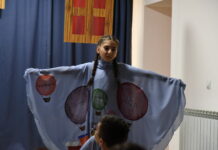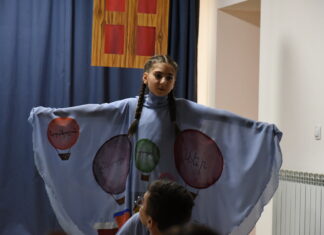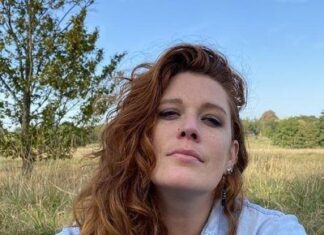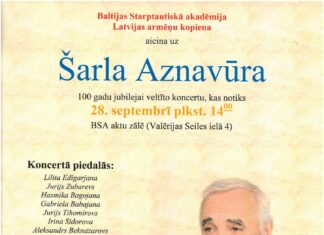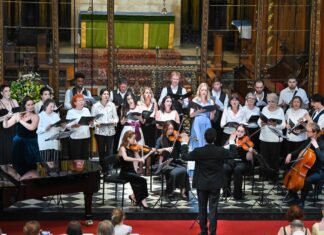MISSION HILLS, Calif. — The Ararat-Eskijian Museum and the Armenian Studies Program at California State University, Northridge organized a lecture and exhibition on the life and work of Massis Armen Bahador at Deukmejian Community Center on Sunday, July 21, in Mission Hills, California. Professor Levon Chookaszian talked about Bahador at the Sheen Memorial Chapel adjacent to the museum and the community center. Bahador’s relatives, who drove from all over Southern California, attended the art exhibition’s opening reception on Saturday, July 20.

Bahador was a dentist by profession and an artist by passion. He was born in 1910 in Sungurlu, Turkey, near the Black Sea. Later, he moved to Mashhad, Iran. He attended high school in Venice, Italy, and taught himself about art while in Paris. Finally, he moved to Chicago, where he became a dentist.
Martin Eskijian, the museum’s chairman, welcomed the audience. Pianist Vache Mankerian played two pieces, one by Arno Babajanian and the second by Aram Khachaturian. Later, the museum’s director, Marguerite Mangassarian Goschin, introduced the guest speaker, Honorary Circuit Judge Jonathan C. Green, whose aunt was married to Armen Bahador. After that, the principal lecturer, Professor Levon Chookaszian, holder of the Chair of History and Theory of Armenian Art at Yerevan State University, gave a slide presentation about Massis Armen Bahador, talking about his life and art.
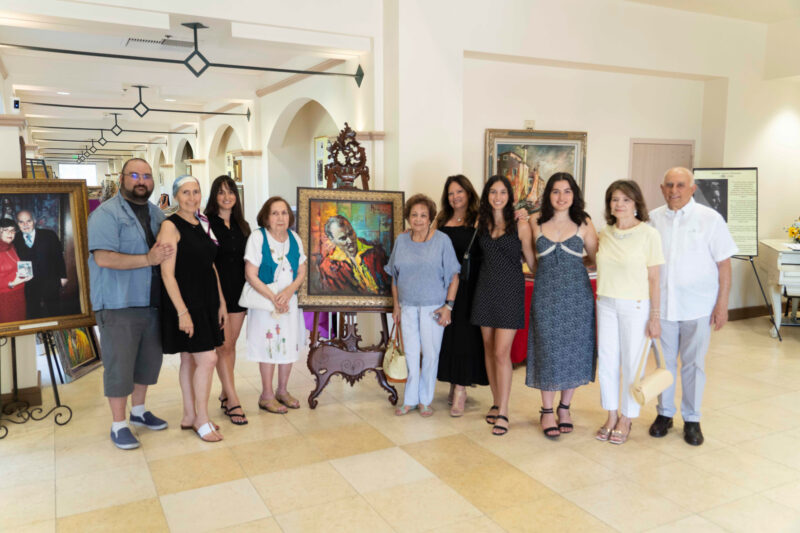
Bahador’s grandfather was friends with Calouste Gulbenkian. Massis Armen’s father was Armenak Bahadorian, a textile merchant. When Massis was five, the deportations of the Armenians started. His family joined Gulbenkian’s aunt in Constantinople and were given refuge at their house. Armen’s grandfather worked as a carpet dealer for Calouste Gulbenkian’s mercantile house in Mashhad, Iran. In 1922, the family was able to escape from Istanbul. Massis was sent to Mashhad, where his uncle worked as an exporter of carpets. Massis attended the local American school where he studied music and painting. When Massis was 16, he was sent to Murad Rafaelian College of the Mekhitarist Armenian Catholic Order in Venice. He attended many museums in Italy. The Italian artists influenced Massis. He was in awe of the masterpieces.

Bahador went to Paris in 1931 and stayed with a relative for a year and a half. He visited many museums and copied masterpieces to teach himself art techniques. He started painting without restrictions and expressed his feelings. He did not enjoy seeing the local artists struggling to survive and painted subjects in order to sell. In a quote from the book, he said, “I had long decided that I would never allow the artistic tastes of the masses to dictate my artistic direction. I knew that if I couldn’t make a living with my paintbrush, I could find another way to earn money and continue to paint whatever I wanted, in whichever way I wanted, in complete freedom.” He moved to Chicago and became a dentist. He married a Polish woman, Paula Krysztop.
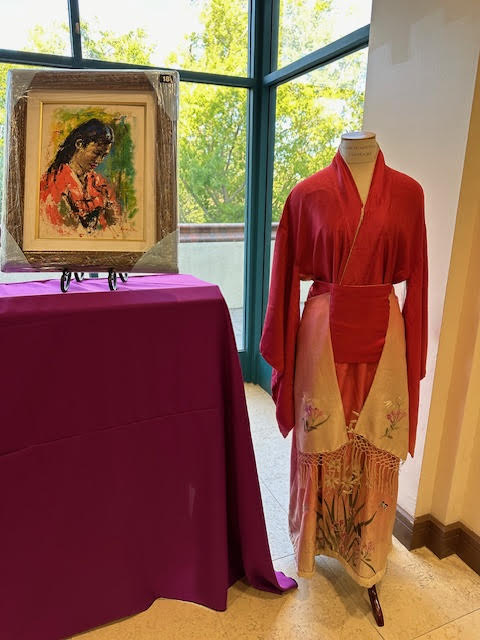
Jonathan Green is Paula’s nephew. He said, “Uncle Armen painted many portraits of the family children.” He added, “He became very animated talking about the Turks. After all this time, the trauma he lived through still stayed in his psyche, never to be forgotten. Yet his art expresses a colorful and beautiful world.”





